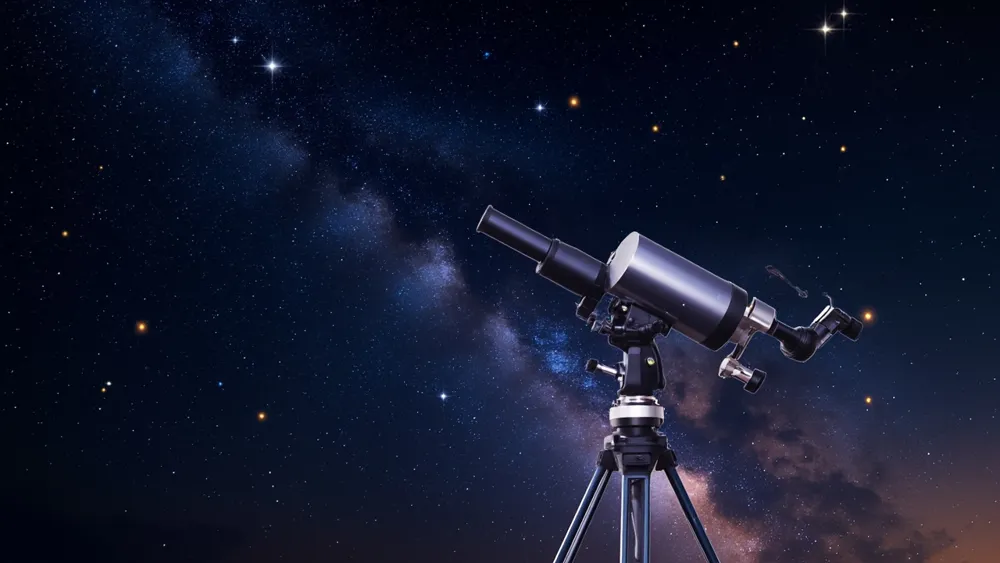LSST Telescope Launch: A New Era in Astrophysics

The recent launch of the LSST (Large Synoptic Survey Telescope) camera marks a pivotal moment in the field of astrophysics. With the world’s largest 3.2 billion pixel camera operational as of June 23, 2025, this technological marvel not only captures stunningly detailed images of the night sky but also generates an unprecedented 20 terabytes of data every night. This has the potential to revolutionize our understanding of the cosmos, as it will enable scientists to observe celestial phenomena in ways previously thought unattainable. As space exploration continues to captivate public interest, the LSST acts as a beacon of hope and curiosity for those pondering the mysteries of the universe.
The LSST is equipped with highly advanced technologies. It features 201 charge-coupled devices (CCDs)—189 for imaging and the rest for control—essentially creating a panoramic view equivalent to 45 moon surfaces at once. This imaging is complemented by a complex optical system that efficiently captures a broad spectrum of light, including ultraviolet and near-infrared. Each exposure lasts just two seconds, allowing scientists to gather data swiftly and efficiently. Such capabilities underscore a broader trend in technology, where big data analytics and machine learning increasingly play roles in scientific research, enabling researchers to harness vast troves of information for astronomic discoveries. The data generated by the LSST will be processed in real-time across multiple global facilities, illustrating a collaborative approach to science that transcends borders.
As we stand on the brink of a new era in astronomical research, the LSST telescope exemplifies how cutting-edge technology can unlock the profound secrets of the universe. The immense data generated nightly will not just expand our knowledge about dark matter and other cosmic phenomena. It also raises an important question about data management and processing: how will the scientific community keep pace with the tidal wave of information and ensure that it's accessible and useful for future research? How can we refine our approaches to exploit this data surge and further our understanding of the vast universe?
Read These Next

Muji Ceramic Bowls Arrive Broken After Online Purchase
Muji customers report damaged ceramic bowls from poor packaging, sparking calls for better logistics and packaging standards.

Electric Buses' High Energy Use in Cold Weather Challenges Urban Transport
Overview of a Cornell University study highlighting increased energy consumption of electric buses in cold weather, emphasizing the need for technological and infrastructural adaptations in urban transportation.

Vera Rubin: First Image from Revolutionary Telescope
This article explores the implications of the Vera C Rubin Observatory's first image and its revolutionary capabilities in astronomy.
